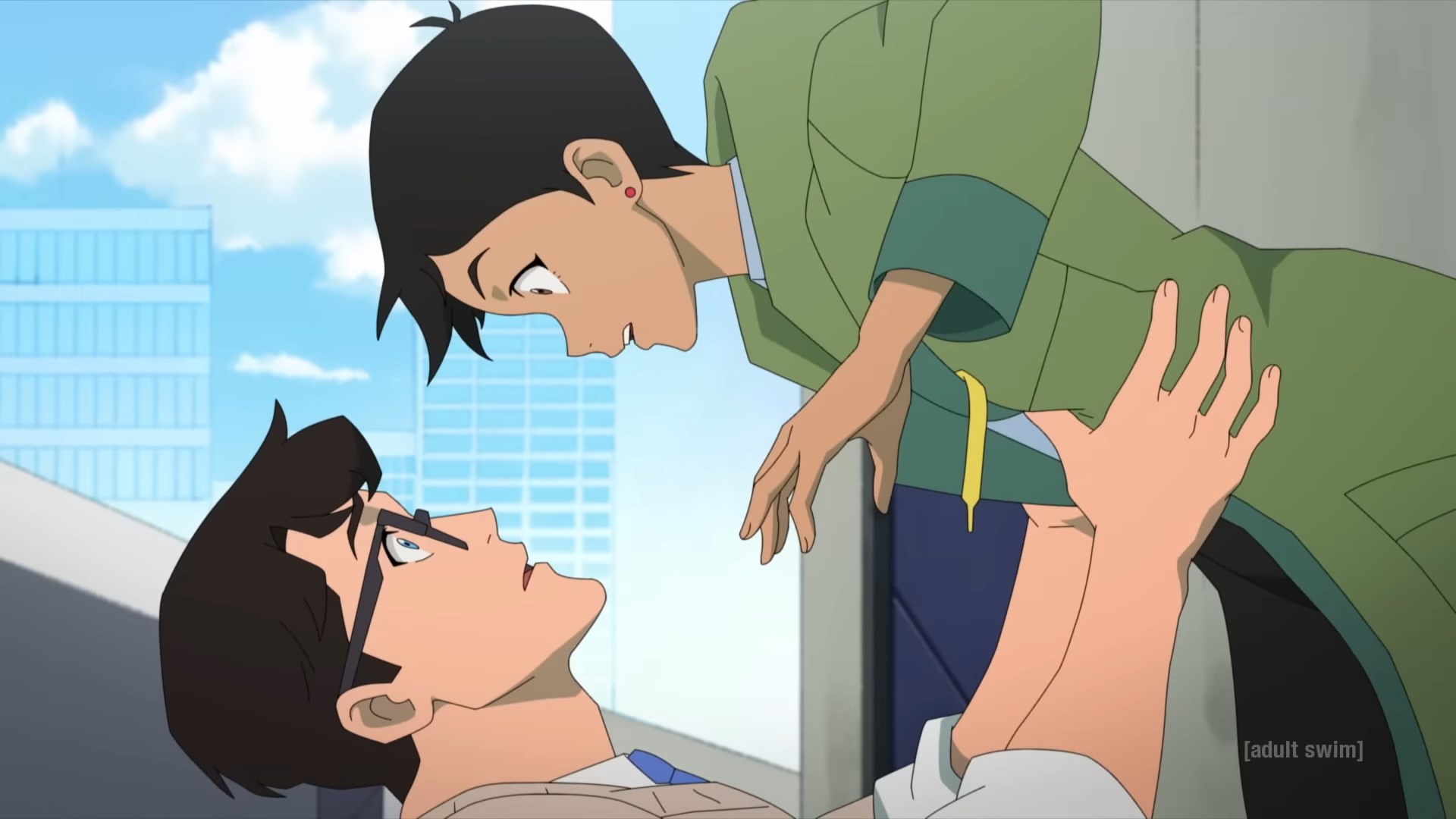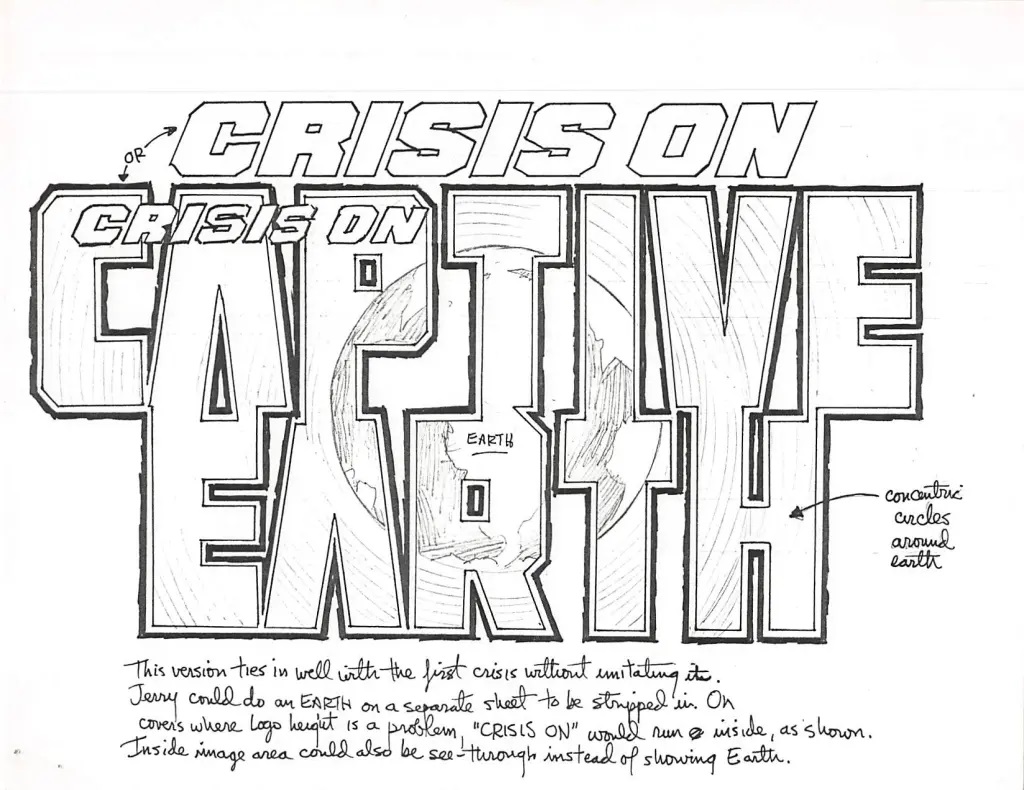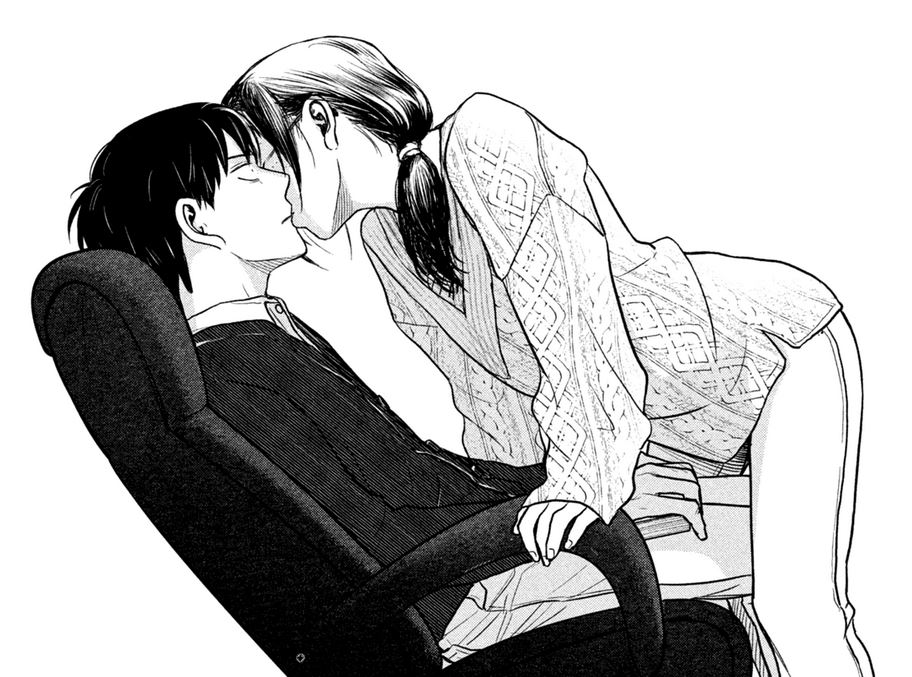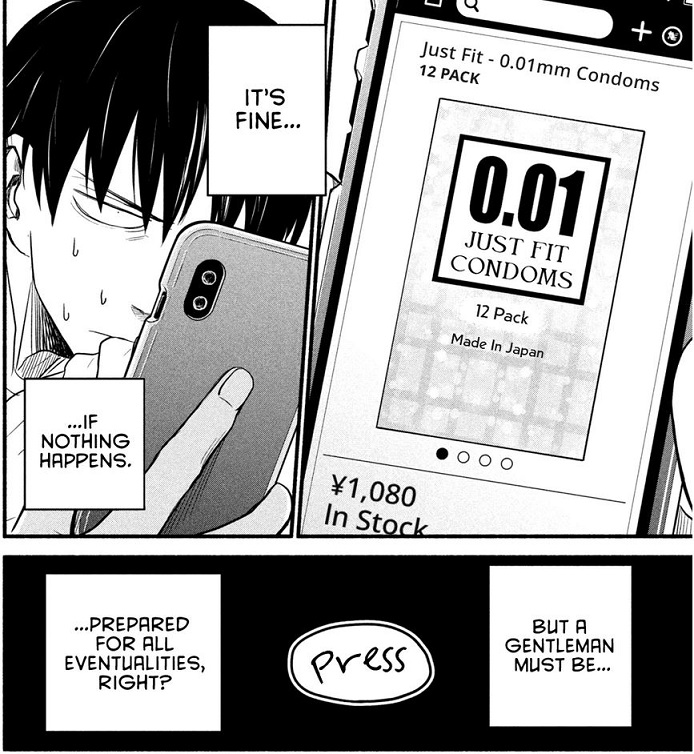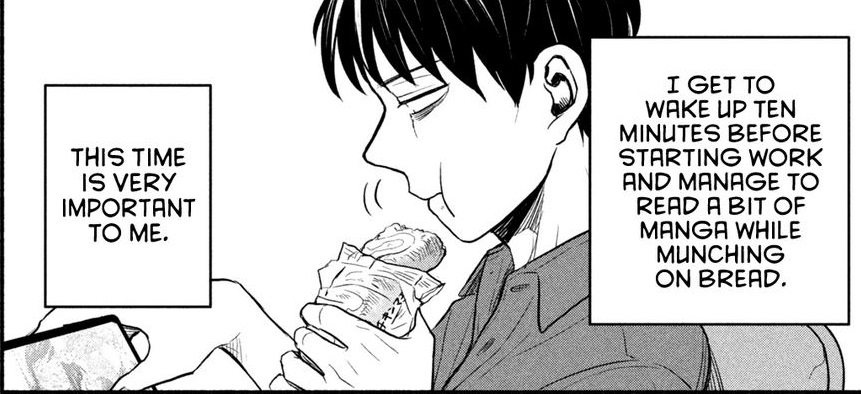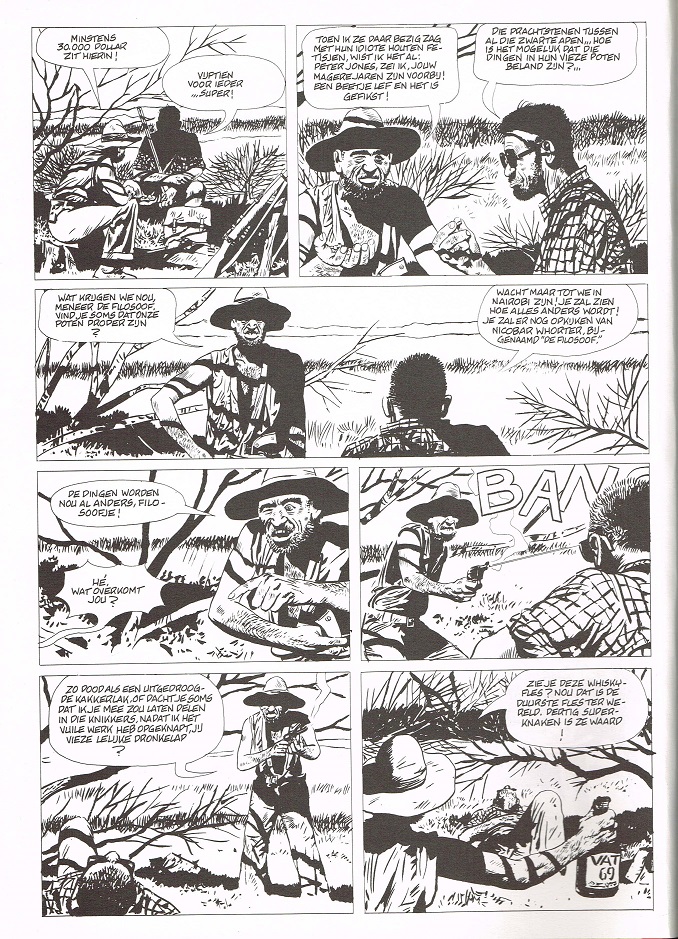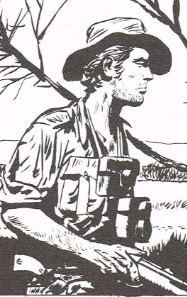Why is Greg Smallwood taking a principled stance for the rights of abusers not to have their careers harmed by their own actions:
I’m done pretending that an apology or atonement gets you anywhere with these people. Tell me, Liam – did an apology change Warren Ellis’s circumstances? How about Jason Latour’s? Cameron Stewart? Brian Wood? There is no path and you know it.
Has Ed Piskor’s suicide unhinged him that much? Why does he feels so much sympathy for abusers but not their victims? Ellis abused, hurt and damaged the careers of literally dozens of people, many of whom had to leave comics because of it. Smallwood never mentions them, but he is very upset that people “bullied” Ed Piskor. Where the ‘bullying’ consisted of two women accusing him of secual harassment. Piskor committed suicide a week later and left a suicide note in which he blamed various cartoonists including one of the women who accused him for it.
Which on its own is a tragedy, but is also incredibly spiteful, to use your last action in this world to try and start a lynch mob, handing an excuse to people like Smallwood to start a harassment campaign. Maybe Piskor did have mental health issues that drove to suicide, but that doesn’t excuse this, nor does it make his accusers into retroactive bullies. In the end he turned to be somebody who couldn’t hack it that his own actions had maybe destroyed his career.
Smallwood is worse though, using Piskor’s suicide as an excuse to rehabilitate some of comics’ worst abusersm, trying to frame it as an antibullying campgain. You’d expect that from the comics gaters, the usual frothing rightwing assholes eager to attack women and people of colour and who indeed have joined in harassing the people mentioned in Piskor’s suicide note. Way to out yourself as being the same, when you could’ve just kept your mouth shut. The eagerness with which Smallwood insists people like Brian Wood or Warren Ellis should be able to “return to comics”, that somehow they still deserve a career despite ruining those of their victims, but that mean bullies won’t let them no matter how sorry they are, is vile. If anything it shows he’s not a safe person to be around.
